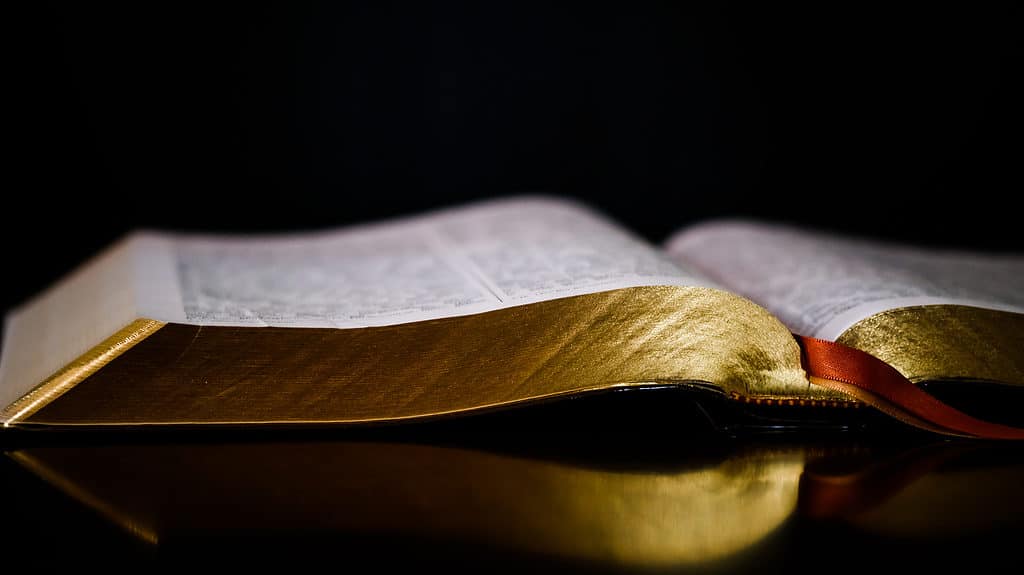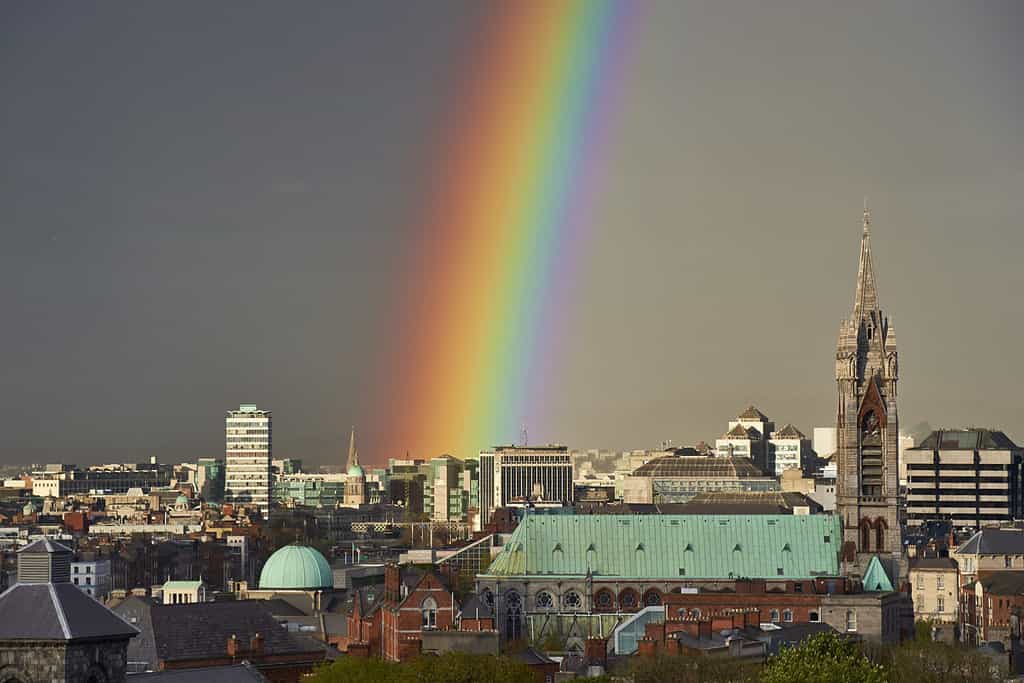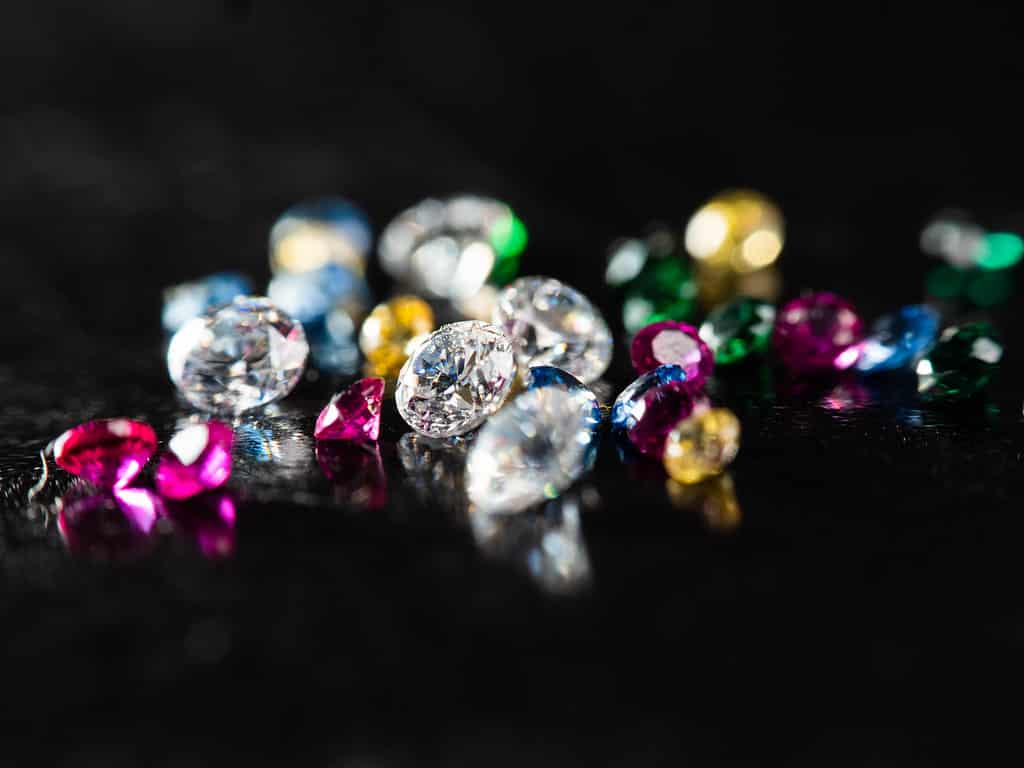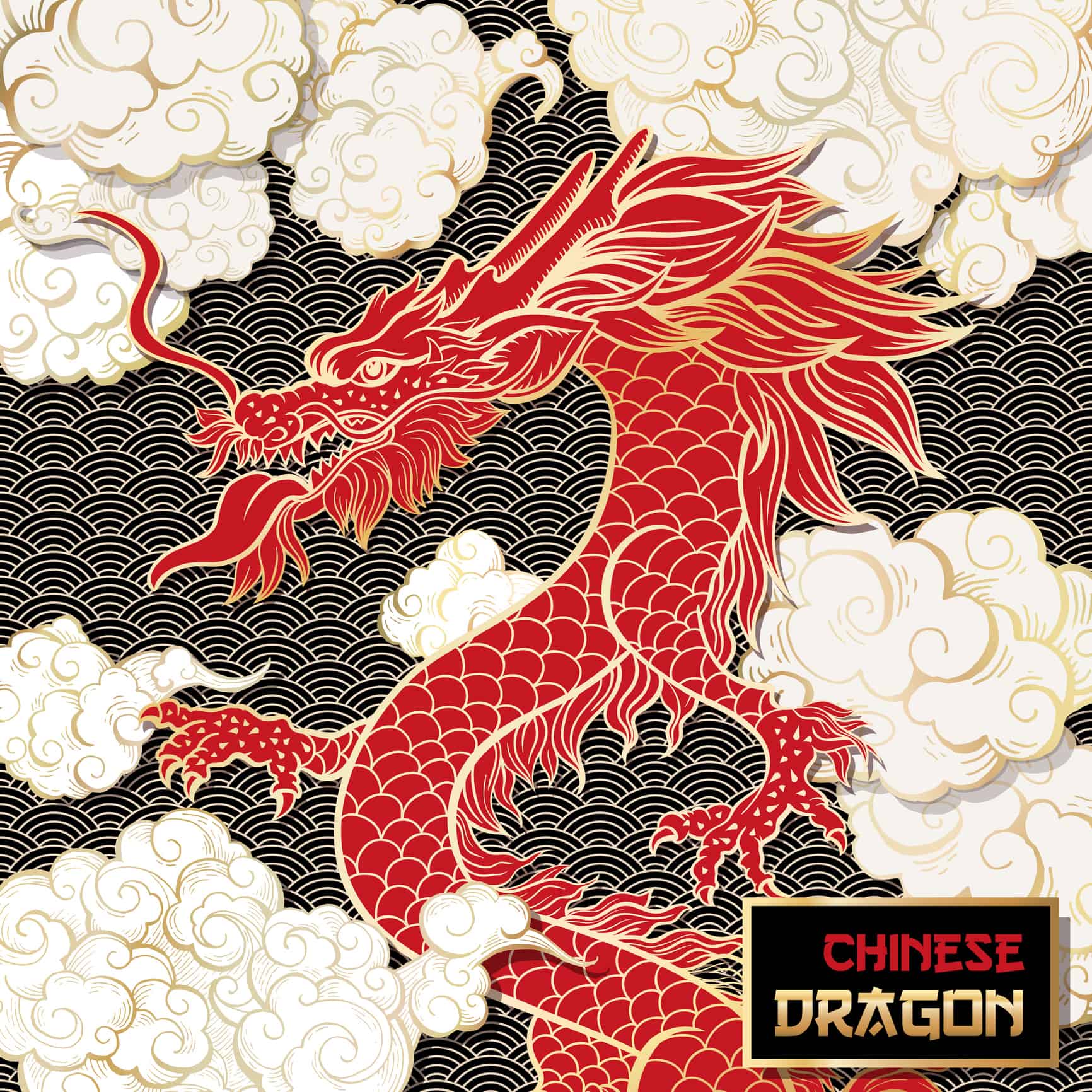Stories and images in the Bible have a rich scope of meaning below the surface that might not be evident to the casual reader. Colors in the Bible often point to something beyond the immediate story. They help us understand God and His people. This article discusses color meanings throughout the Bible and describes three highly “colorful” Biblical situations.
Suggested Color Meanings in the Bible
The Bible does not often precisely describe what each color means. Scholars have developed interpretations through their knowledge of ancient Eastern culture. Here are some possible color meanings in the Bible:
- Red symbolizes royalty and stands for clay, which mankind was made from. It also connects with the concept of blood as atonement for sin. Red can also indicate evil; Satan is represented by a red dragon. Additionally, human sin is red but washed white as snow by the blood of Jesus.
- Blue is associated with the word of God, the hems of the priests’ robes, and the concept of healing.
- Yellow / Gold means kingship, the sovereignty of God, and purification through suffering.
- Green is the color of plants, representing life, resurrection, and new beginnings.
- Purple symbolizes royalty and priesthood.
- White means holiness, purity, and righteousness.
- Black stands for sin, darkness, death, and disaster.
- Bronze means strength, stability, and durability.

Understanding the symbolic colors in the Bible requires knowledge of the culture in which it was written.
©iStock.com/NoonVirachada
Three “Colorful” Situations in the Bible
Now let’s look at three examples in the Bible:
1. The Rainbow
The first book of the Bible, Genesis, describes the creation of the world. It reveals humanity in its original, perfect state. Perfection doesn’t last long, though, as the first humans rebel against God. This continues as people multiply until the Earth has become a corrupt, violent place. God responds to this by sending a flood, saving only one family, and breeding pairs of animals in a large boat. The story ends with God promising not to send a world-destroying flood again. He designated the rainbow as a reminder of this promise. The rainbow contains all the colors we can see, so using a rainbow as a symbol of God’s blessing that everything good comes from Him.

The Bible associates the brilliant hues of the rainbow with God’s promise to humanity.
©SW_Stock/Shutterstock.com
The Tabernacle and Temple
The Old Testament describes how the nation of Israel was in slavery in Egypt for over 400 years before winning their freedom. After that, they spent 40 years wandering the Sinai Desert before claiming the Promised Land across the Jordan River. The Bible describes a moveable tent-like temple called the Tabernacle that the Israelites set up whenever they camped on their travels. Later, they replaced it with a more permanent Temple built of stone and cedar, located in the center of Jerusalem.
The Tabernacle had tent walls and curtains in red, blue, and purple – colors associated with royalty. Artisans overlaid the furnishings of this place of worship with gold. When the more permanent Temple was built, gold leaf covered virtually every available surface of the interior.
Red had an additional connection with the blood of animal sacrifices, which people offered in these holy places. Thus, red was an important symbol of redemption. From antiquity to the present, gold has been one of the most precious and desirable substances known to humanity. It is symbolic of wealth and royal power. The priests who served in the temple wore breastplates that displayed twelve different precious stones. The precise meanings of the color of each stone are not explained, but the design as a whole represented the 12 tribes of the nation of Israel.

The Temple Mount in Jerusalem is the site of the Dome of the Rock, a significant Islamic holy site.
©iStock.com/LindaJohnsonbaugh
Heaven
The Bible’s descriptions of heaven dazzle the imagination. God and Jesus are so brilliantly bright that it is difficult if not impossible to look at them. The throne of God sits within a gleaming rainbow. People will live with God in a bright diamond-like city. The city walls are made of jasper, an opaque stone on Earth, but transparent in Heaven. The streets are paved in gold so pure that it, too, is clear. The fact that the most precious and desirable metal known to humanity is used for such a common purpose as street paving in Heaven shows that this will be a place of unimaginable wealth but free of Earthly materialistic values.
The city walls will have twelve foundations, each made of different precious stones. Perhaps we can imagine these as layers of glittering stone laid down in twelve stripes around the entire base of the walls. The foundations represent the teachings of the twelve apostles of Jesus, which are the basis for the beliefs of the church. Heaven is described as a brilliantly colorful place, but also as a place of transparency, like glass or a diamond. It is characterized by purity, honesty, and openness. Nothing hides in Heaven.

The Bible describes Heaven as a city of gold and precious stones.
©Indra Purnama/ via Getty Images
Colors in the Bible in Today’s Culture
We must realize that no color or color combination is inherently good or bad. They are all part of the natural world, and they all contribute to its beauty. The Bible uses colors in ways that the original readers would have been familiar with in their cultural background. We want to understand the original cultural meaning to better grasp the author’s intent. But we must remain aware of modern cultural meanings when discussing biblical passages that mention colors.
For example, in China, red dragons are a symbol of luck and good fortune. Brides often wear red wedding dresses for this reason. White, by contrast, is a symbol of death and mourning. People might wear it in ceremonies to summon ghosts. For traditional Chinese people, it would be a terrible choice of color for a wedding dress or for baby clothes!
Western culture in recent decades has associated rainbow colors with the LGBTQ community. They celebrate sexual diversity and self-expression. People in the United States associate the colors black and white with racial groupings. Thus, when the Bible associates white with purity and black with sin or corruption, we have to be careful not to misapply those meanings to modern racial groups.

In Chinese culture, a red dragon is a powerful symbol of luck and prosperity.
©iStock.com/ilonitta
Color in Your Personal Spiritual Life
Think about your favorite color. What does it mean in the Bible, and what does it mean to you? Your cultural background and life experiences may give you different associations and feelings about a particular color. But how can you use your own unique color preferences to make your spiritual life brighter and filled with positive emotion? Color can give you the opportunity to make your spirituality your own, and to find ways to honor the Giver of color as you see fit.

How can color enhance your (and your pup’s) spiritual practice?
©iStock.com/MilanMarkovic
Thank you for reading! Have some feedback for us? Contact the AZ Animals editorial team.








